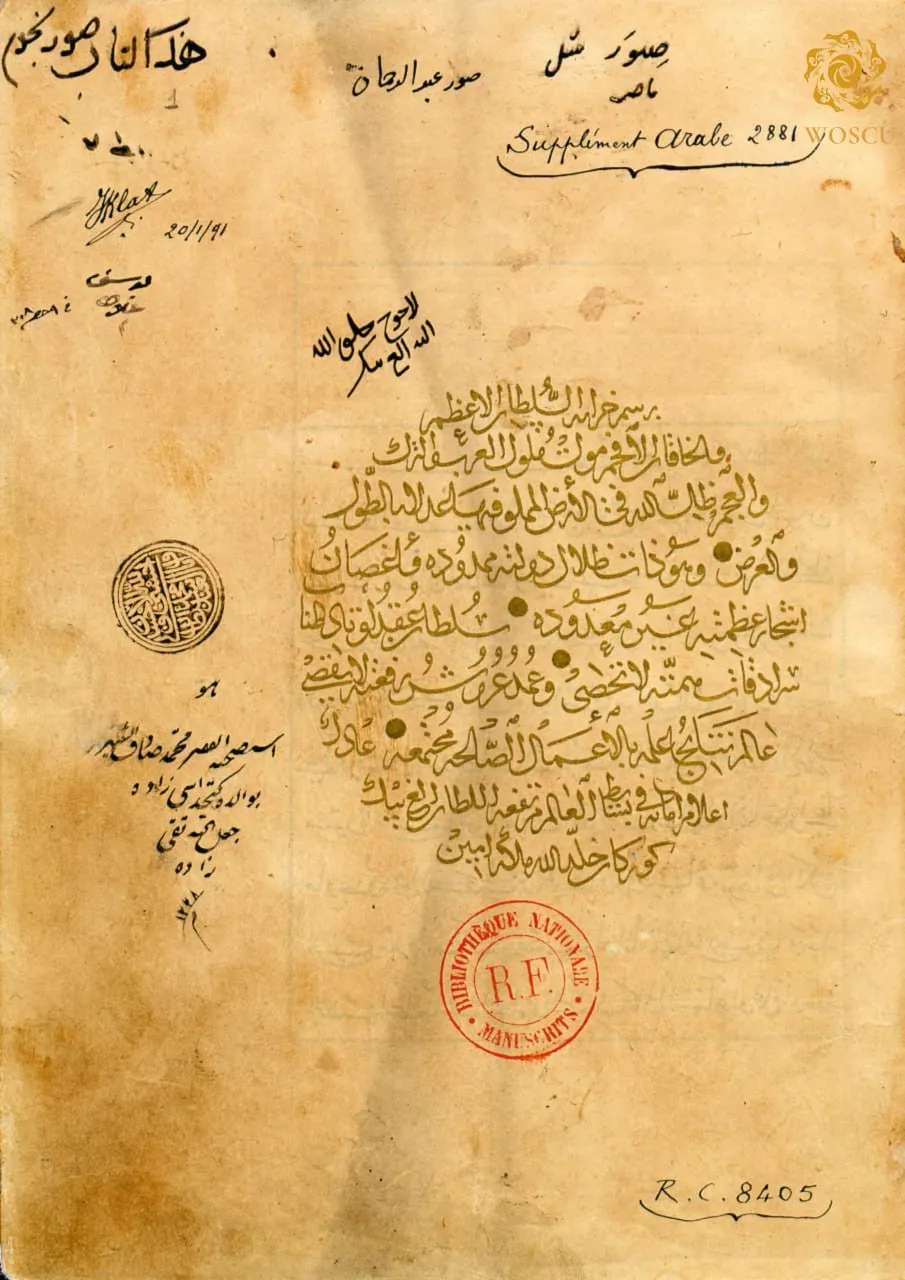
The history of these collections is closely linked to the history of the library itself, which began during the reign of Charles V, who gathered more than 1200 manuscripts in the Louvre in the 14th century.
The establishment of the first French royal library and its development over subsequent centuries reflect France's fascination with the art of books and its commitment to preserving knowledge. The library's relocation from the Louvre to Fontainebleau, then back to Paris, and subsequently to the Mazarin Palace, not only demonstrates changes in preferences for the collections' storage locations but also changes in the approach to managing book heritage.
The acquisition of books in Middle Eastern languages, starting in the 16th century, including Arabic manuscripts acquired during expeditions to the Ottoman Empire, Egypt, Persia, and India, highlights the international significance of the French collections. These sources were invaluable resources for studying the art, culture, and history of various regions, especially those that were less explored by European scholars, such as Central Asia.
The collections of manuscripts from Mawarannahr, as part of a broader collection of Eastern manuscripts, reflect France's particular interest in a region that historically was a crossroads of cultural and trade routes. The illustrated manuscripts from Mawarannahr, which include works on astronomy, medicine, philosophy, and art, are not only the cultural heritage of the region but also an important part of the global history of science and culture.
A particularly significant moment in the library's history was during the French Revolution, when it was renamed the National Library and expanded significantly through the acquisition of confiscated church and parish book funds. This was a time when the library not only greatly expanded its collections but also became more accessible to the general public.
Thus, the French collections of illustrated manuscripts from Mawarannahr, housed in the National Library of France and the Louvre Museum, are a testament to France's rich history of interaction with other cultures and its commitment to preserving and disseminating knowledge through the ages.
You can learn more about the topic in the book-album "Illustrated manuscripts from Mawarannahr in the collections of France" (Volume XXIX) in the series "The Cultural Legacy of Uzbekistan".
The main sponsor of the project is the oilfield services company Eriell-Group.
